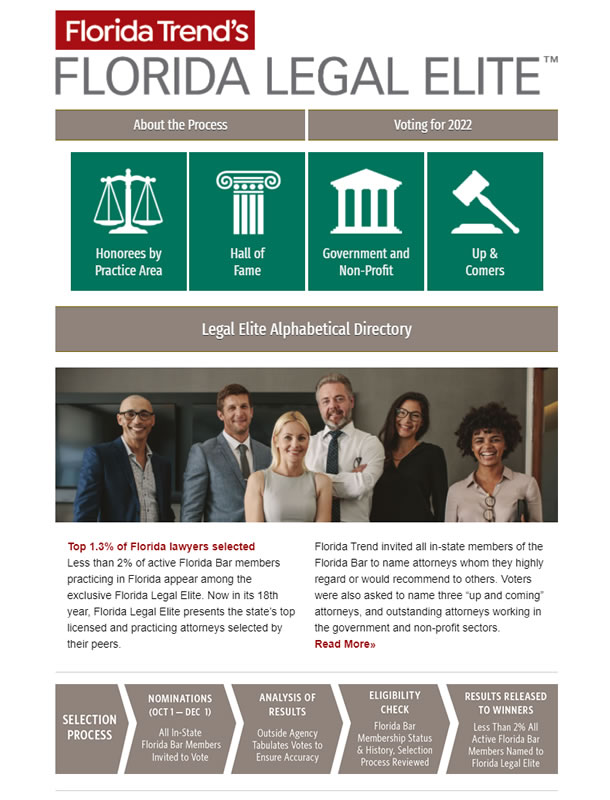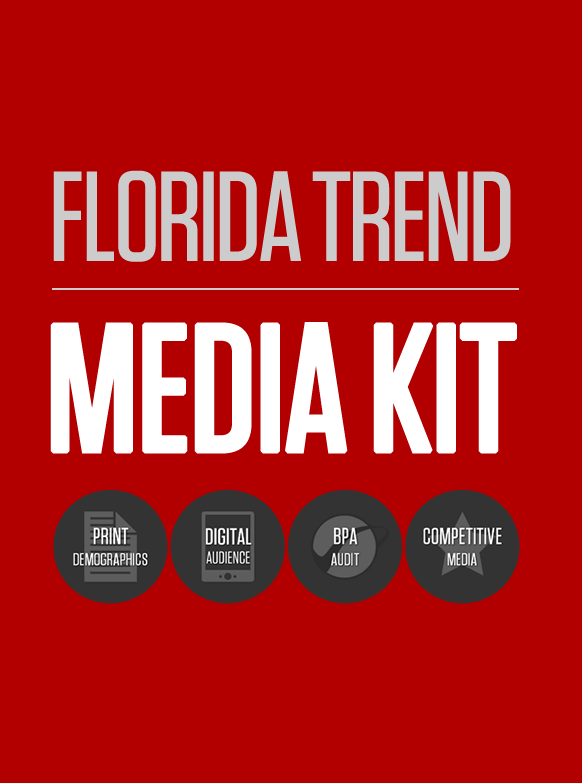SHARE:
Dimensions of Growth: The 2020 Census shows the new face of Florida
From 2010-20, Florida's population grew by 14.6% to more than 21.5 million. The boom didn't include all of Florida's counties, however.
Hispanic Growth
- The growth in both Florida’s Hispanic and non-Hispanic populations outpaced the nation’s. Hispanics now comprise 26.5% of the state, or 5.7 million people, up from 22.5% in 2010.
- The Hispanic population of Florida is unevenly distributed. One-third live in Miami-Dade alone. And 59% live in just four counties: Miami-Dade, Broward, Orange and Hillsborough.
Asians
- Asians make up 6% of the U.S. population but just 3% of Florida’s. Alachua County, home to the University of Florida, has the highest share at 6.5%. Even when counting people who identify as Asian and another race, the share of the state population rises only to 3.9%, with Alachua again having the highest share in the state at 7.9%. Off its small base, the Asian-alone population grew 41.5% over the decade. Orange, Seminole and Duval are the only other counties with more than 5% Asians.
Blacks
- Gadsden County, west of Tallahassee on the Georgia border, is Florida’s only majority black county. The 3.2 million people in Florida who identify as solely black make up 15.1% of the state population. Their numbers grew by 8.2% from 2010, or 246,519. Those who identify as black in combination with another race push the share to 17.2%.
About That Falling White Population ...
The 2020 Census showed that for the first time the U.S. white population declined. America as a nation of minorities seemed to be coming quicker than expected.
But it’s complicated, especially in Florida. Without a doubt, there’s been a shift in the races in Florida, but it’s unclear how much is a shift in population and how much is a shift in how people identify themselves.
Consider two sets of statements based on the 2020 Census.
- First set: The number of people in Florida who identify as solely white fell 12%, or by 1.7 million. Forty-seven of Florida’s 67 counties had a net loss of white people. The white share of Florida’s population is 57.7%, down from 75% in 2010.
- Second set: The number of people who identify as white but also part of another race increased by 8.8%, or by 1.3 million. Forty-nine of Florida’s 67 counties had a net increase. The white, in some fashion, share of Florida’s population is 73.2%, down from 77.1% in 2010.
Beginning with the 2000 Census, people could choose more than one race for themselves. The Census also changed the questionnaire wording for 2020, which some observers think led to a drop in the solely white numbers.
Census results can be sorted by people who identified by only one race — for example, who saw themselves as black “alone” — or by people who identified as from one race combined with another — “white in combination” — or by both — “white alone or in combination.” The first set of facts above — showing a white population that declined by 12% in Florida — is for “white alone.” The second set applies to people who identified as either white alone or white combined with another race. That number increased 8.8%.
It’s also important to keep in mind that the Census asked people to choose first whether they are Hispanic and secondly to pick one or more races — and instructs them that Hispanic is not a race.
The shifts in how people report themselves can be seen in the category for “two or more races.” Florida’s population since 2010 grew by 14.6%, but the category for “two or more races” grew 651.6%. The smallest percentage change, in Holmes County in North Florida, was still as high as 128%.
A change in how people self-identify is the only explanation for how Miami-Dade, which grew by 205,332 people overall in the last decade, saw the number of people counted as from “two or more races” increase by 1.07 million, or 1,821.9%. The county went from just 2.4% identifying as from two or more races in 2010 to 42% in 2020. Broward, Palm Beach and Pinellas, among the state’s most populous counties, also saw the number of people who identify as being from two or more races increase more than the county’s total population increase.
Race Choices
People change how they report themselves from Census to Census. The Pew Research Center found in a study that 14% of people who took DNA ancestry tests changed their minds about what race and ethnicity they are. Pew also reports that 23% of Hispanics said the Census choices didn’t or didn’t very well reflect their race and origin. Some authorities, prior to the Census, wanted Hispanic and race put in a single category so that Hispanics wouldn’t be forced to choose a race for themselves. (Many Hispanics consider Hispanic a race. The majority of Hispanics, when faced with choosing a race, historically chose white.) The Census declined to combine the categories.
The Big Numbers
- 21.5 Million — 2020 Florida headcount
- 2.74 Million — Population increase since 2010
- 750 People a Day — Florida’s growth rate from 2010- 20 (Births minus deaths plus net in-migration from the rest of the country and abroad)
- 14.6% — Growth rate 2010-20, vs. 17.6% from 2000-09. (Most of the decrease in the rate of growth is accounted for by the larger base in 2020.)
Read more in Florida Trend's November issue.
Select from the following options:























